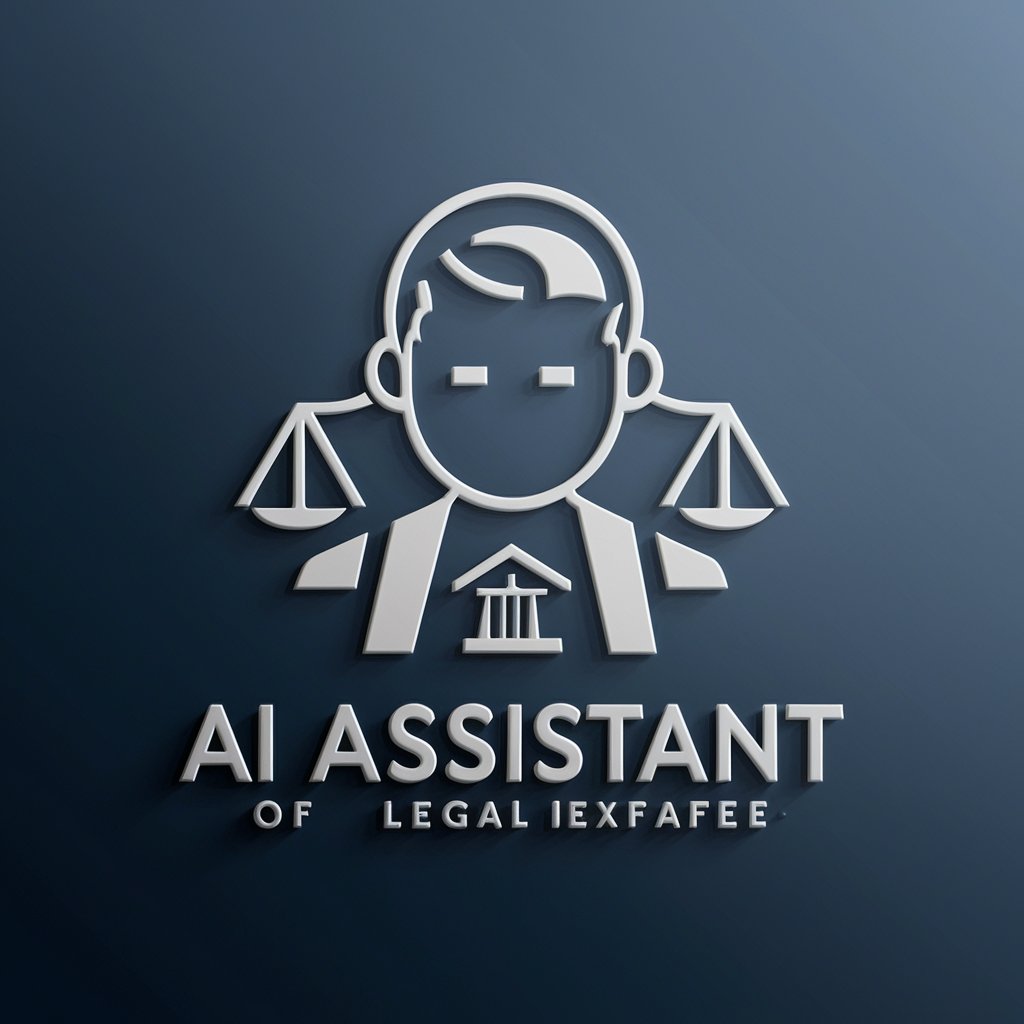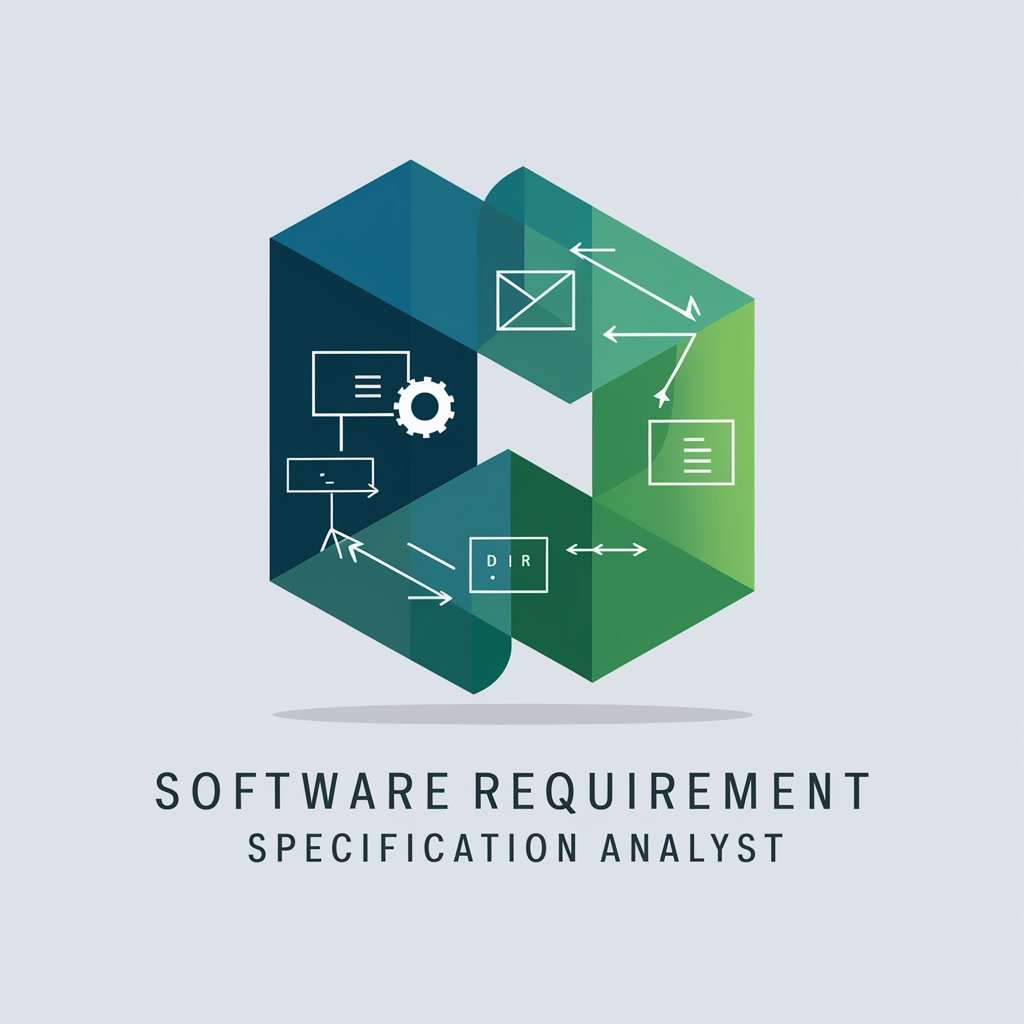
Business Analyst Agent (BRD)-AI-driven business documentation tool
AI-powered Business Requirements Made Easy

Your personal assistant to support Business Analysts on creating BRDs (Business Requirement Document) for your analytic applications.
Create a BRD document for Agent Performance Report
Help me on my dashboard of Sales Performance
Help me approach my client on their new requirement
Generate KPIs for market analysis report.
Get Embed Code
Introduction to Business Analyst Agent (BRD)
The Business Analyst Agent (BRD) is a specialized tool or framework designed to assist professionals in the process of creating and managing Business Requirements Documents (BRDs). The agent focuses on helping businessJSON code correction analysts gather, define, and document detailed business requirements in collaboration with stakeholders across departments. Its primary function is to bridge the gap between business needs and IT or development teams by translating business goals into actionable documentation. This structured approach aids in aligning project objectives, ensuring that all stakeholders are on the same page, and facilitating clear communication. Example: A property development company wants to implement a new customer relationship management (CRM) system. The Business Analyst Agent (BRD) helps document the business needs of various departments such as sales, marketing, and customer support, ensuring that all requirements are captured in a comprehensive BRD to guide the development and implementation of the CRM.
Main Functions of Business Analyst Agent (BRD)
Requirements Gathering
Example
The Business AnalystJSON code correction Agent helps identify and gather detailed business requirements through interviews, surveys, workshops, and observations. It uses investigative techniques to understand stakeholders' needs and expectations.
Scenario
For instance, in a property development company, the agent would assist in gathering detailed business requirements from the sales and marketing teams about a new property listing platform. This involves understanding the functional needs (such as filtering properties based on location or price) and non-functional needs (like system speed and security).
Documentation of Business Requirements
Example
Once the requirements are gathered, the Business Analyst Agent assists in documenting them in a structured and detailed manner, often in a BRD format. This includes writing clear descriptions, acceptance criteria, KPIs, and defining project scope.
Scenario
In a scenario where a property company wants to automate its invoicing process, the agent would document functional and non-functional requirements such as invoice generation rules, approval workflows, and integration with accounting software. It would then create a clear and well-structured BRD outlining these requirements for development teams to work on.
Stakeholder Management and Communication
Example
The Business Analyst Agent helps manage communication with various stakeholders throughout the project lifecycle. This ensures that their expectations are met, and the requirements are well-understood by all parties involved.
Scenario
In a scenario where a property developer is creating an online portal for real estate agents, the agent would engage with multiple stakeholders, including IT, customer service, legal, and marketing. The agent facilitates ongoing communication, ensuring alignment and gathering feedback during the project's development phases.
KPI and Performance Metrics Definition
Example
The Business Analyst Agent can help define Key Performance Indicators (KPIs) that measure the success of a project or system once it is implemented. These KPIs are often tied to the business requirements and provide quantifiable benchmarks for success.
Scenario
For a property development company launching a new mobile app for property buyers, the agent could work with the business stakeholders to define KPIs such as 'app download rate', 'user registration completion rate', and 'time spent on property search'. These KPIs would be critical for evaluating the app’s success post-launch.
Business Process Modeling and Analysis
Example
The agent assists in modeling current business processes and identifying potential improvements. This is critical in situations where companies need to optimize operations or implement new systems.
Scenario
In a scenario where a property development company is struggling with manual tenant onboarding, the agent would analyze the existing process, identify pain points, and document a new automated workflow that integrates with their property management software.
Ideal Users of Business Analyst Agent (BRD)
Business Analysts
Business analysts are the primary users of the BRD. They benefit from the agent's ability to structure and formalize business requirements, ensuring clear communication between business stakeholders and development teams. The agent aids in requirement gathering, documentation, and validation, which is central to the analyst's role in project success.
Project Managers
Project managers also benefit from the Business Analyst Agent, as it helps them keep track of the project scope, milestones, and timelines based on documented business requirements. By leveraging the agent, project managers can ensure that the project stays on track and meets the defined objectives.
IT and Development Teams
While developers may not use the agent directly, they benefit greatly from its outputs. The clear and structured documentation generated by the agent provides the IT and development teams with a solid foundation for system design and implementation, reducing ambiguity and ensuring that they develop exactly what is needed.
Product Owners
Product owners, especially in agile environments, rely on the BRD to define product features and functionality. They also use it to validate the alignment of features with overall business goals. The agent’s ability to create measurable KPIs also helps them track product performance and identify areas for improvement.
Stakeholders in Business Departments (Sales, Marketing, Finance, etc.)
Various business stakeholders from departments like sales, marketing, or finance are key users of the BRD document, as it helps them communicate their specific needs and expectations to the project team. The agent ensures that all business requirements are captured and aligned with the project goals.
Steps to Use Business Analyst Agent (BRD)
Visit aichatonline.org for a free trial
Start by visiting the website aichatonline.org where you can access a free trial of the Business Analyst Agent (BRD). You do not need to log in or subscribe to ChatGPT Plus to use this feature. It’s available for quick, no-obligation access.
Select the BRD tool from available options
Once you’re on the site, navigate to the Business Analyst Agent (BRD) tool. This tool is specifically designed to help you draft Business Requirement Documents (BRD) and manage requirements. You can explore its features and functionalities through the trial.
Input your business requirements and context
Enter the specific details of your business project, such as stakeholder needs, objectives, and the context of your requirements. This will allow BRD to tailor its responses and suggestions based on your unique needs.
Review and refine the generated BRDBRD usage guide
The tool will generate a draft Business Requirement Document (BRD) based on the provided data. Review the document for accuracy, and refine the list of business requirements, KPIs, and other key sections like RACI charts and acceptance criteria.
Export and collaborate with stakeholders
Once satisfied with the document, export it in a preferred format (PDF, Word, etc.) for easy sharing with stakeholders. Use the tool’s collaboration features to gather feedback and ensure alignment with business goals.
Try other advanced and practical GPTs
OSCOLA Citation
AI-powered legal citations made simple

Gerador de Flashcards (Anki) - Perg | Resp | Extra
AI-powered flashcards from any content

LangGraph Wizard
Build intelligent agents with AI-powered workflows
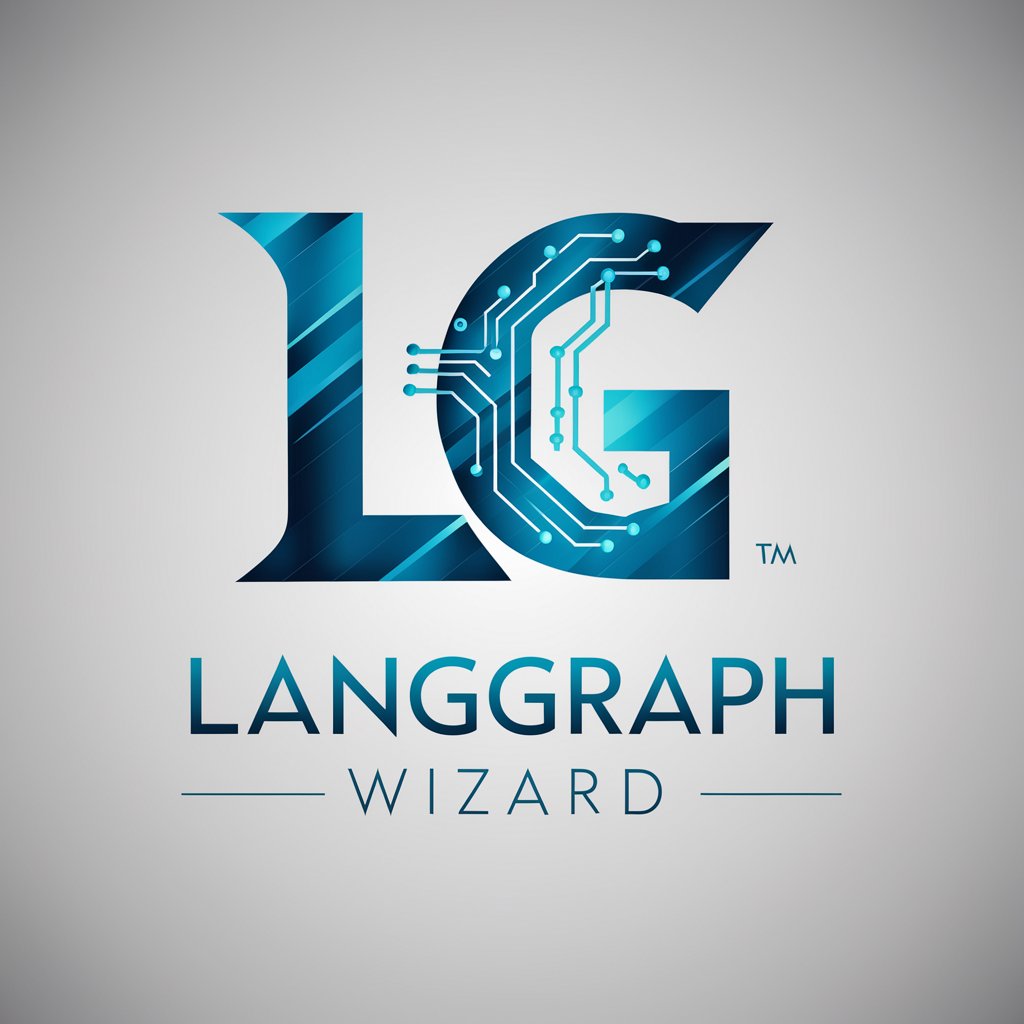
FOOCUS PROMPT ENGINEER
AI-crafted prompts for stunning visuals
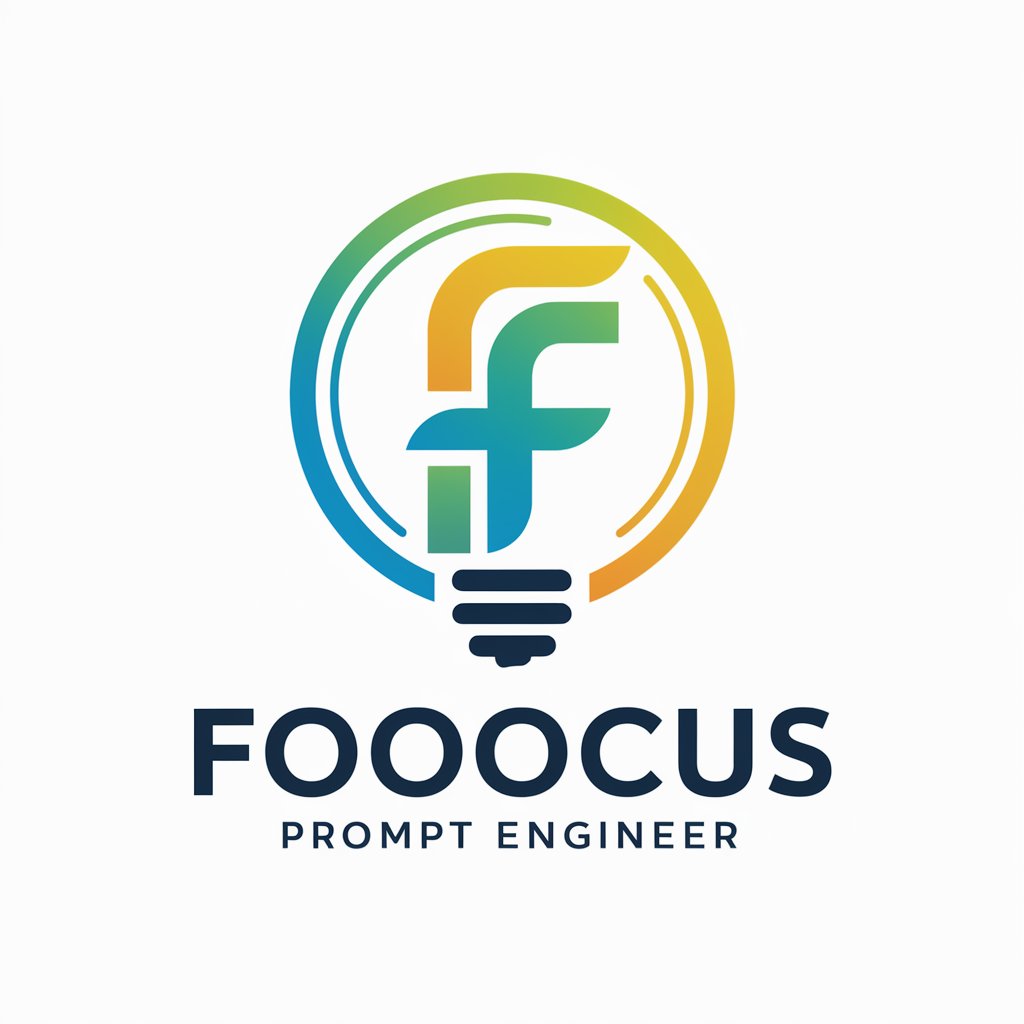
Business Consultant - From Strategy to Processes
AI-powered insights from strategy to systems
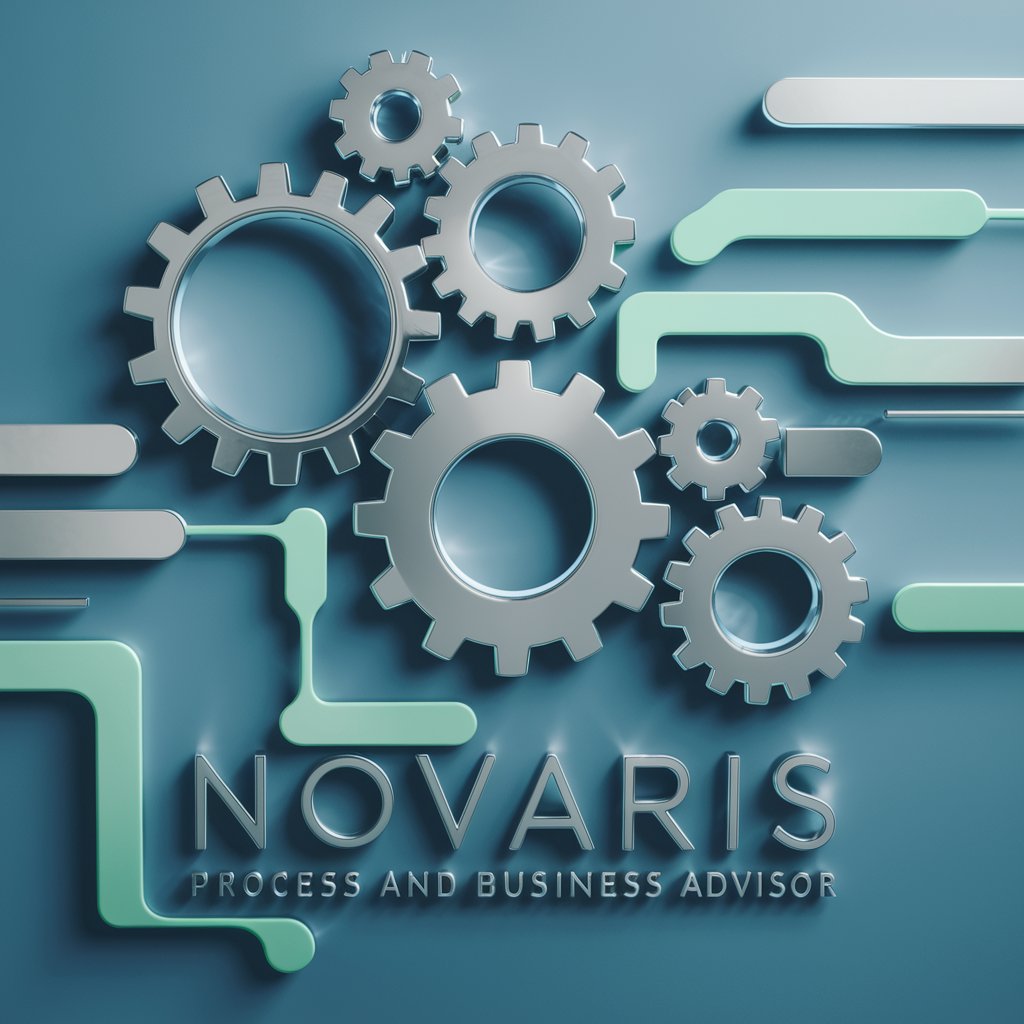
NGINX
AI-powered NGINX configuration made easy
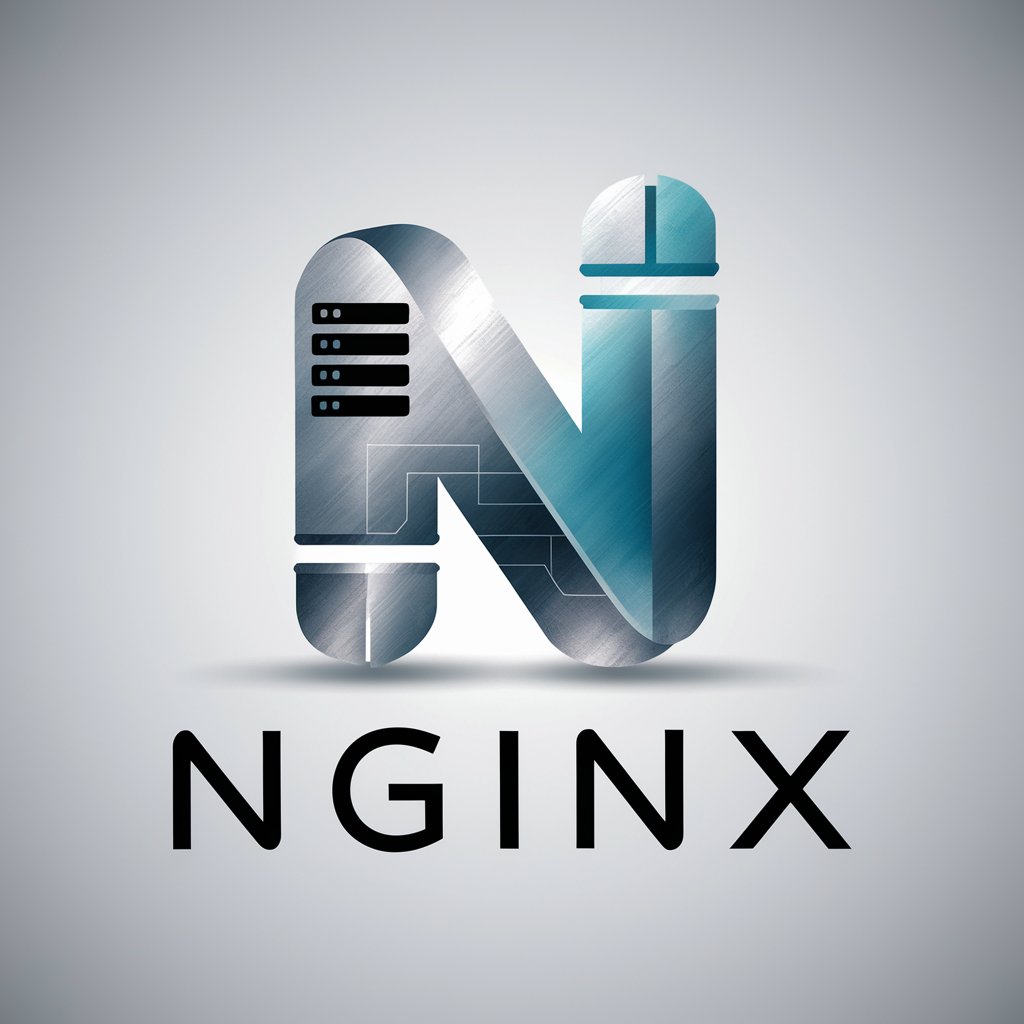
Analyze Your DNA Genetic Data Insight Explorer
AI-powered genetic data explorer for health, traits, and more.

C.AI GPT
AI-powered answers for real-world tasks
Ollama Helper
AI-powered expert assistant for Ollama.
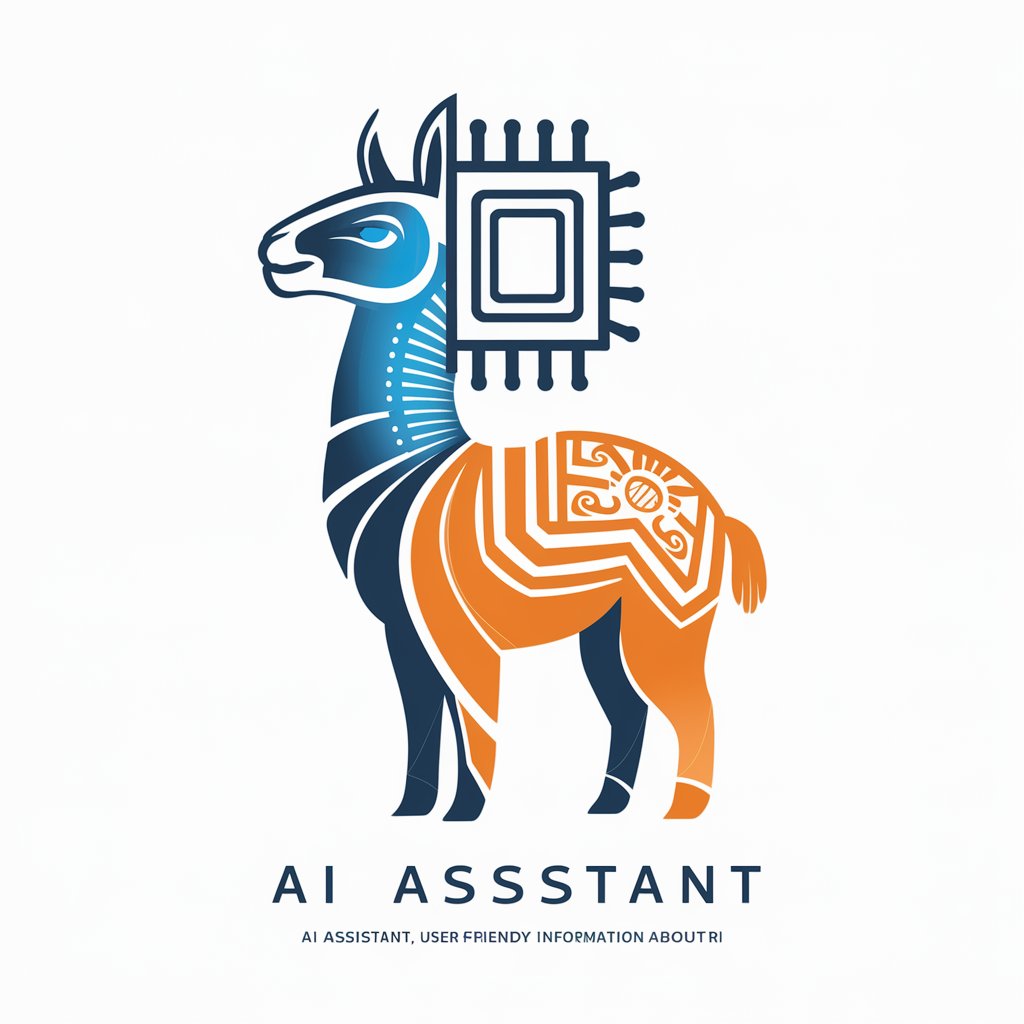
💻 Professional Coder by awesome-prompts
AI-powered coding partner for complex tasks

Zabbix Guru
AI-Powered Zabbix Assistant for Monitoring Mastery
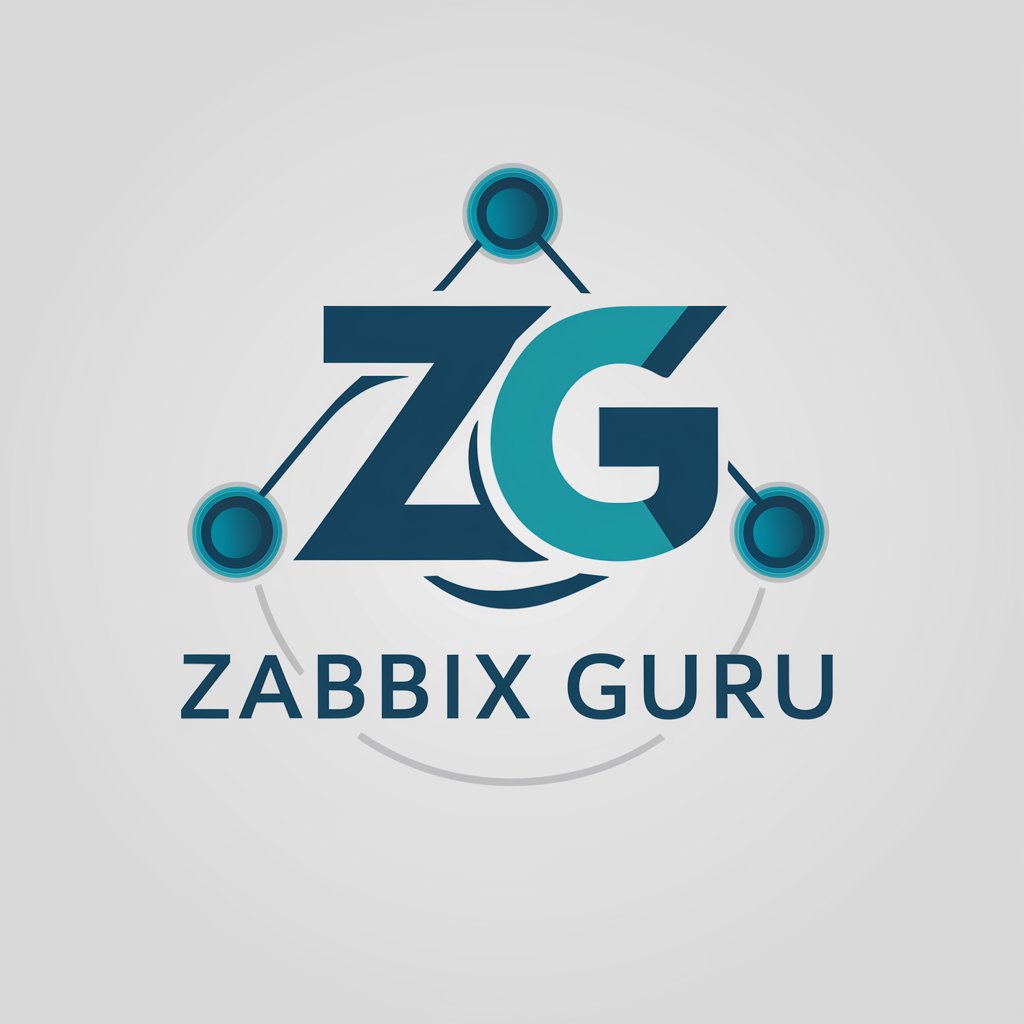
高情商聊天
AI-Powered Tool for Emotionally Smart Conversations

- Project Management
- Business Analysis
- Business Documentation
- Requirements Gathering
- Stakeholder Collaboration
Frequently Asked Questions About Business Analyst Agent (BRD)
What are the main benefits of using BRD?
BRD helps business analysts efficiently create Business Requirement Documents by automating the structuring of essential components like business needs, KPIs, acceptance criteria, and RACI charts. It speeds up documentation, enhances collaboration, and ensures clarity and accuracy in project requirements.
How customizable is the BRD output?
The BRD tool is highly customizable. You can specify the project context, add or remove sections like KPIs or requirements, and tailor the acceptance criteria based on your business needs. The generated document can be easily edited and refined.
Can I use BRD for non-property development projects?
Yes, while BRD is tailored for property development, its features are flexible enough to support a wide range of business sectors. It can be used for any industry requiring structured business documentation, such as IT, marketing, healthcare, etc.
Does BRD provide real-time collaboration features?
Yes, BRD allows real-time collaboration, enabling multiple users (e.g., stakeholders or team members) to access, comment on, and refine the document simultaneously. This makes the approval process faster and more transparent.
Is the BRD tool suitable for beginners?
Absolutely! The BRD tool is designed with both novice and experienced business analysts in mind. It provides clear templates, step-by-step guidance, and easy-to-understand suggestions to help users create professional BRDs even with minimal experience.

